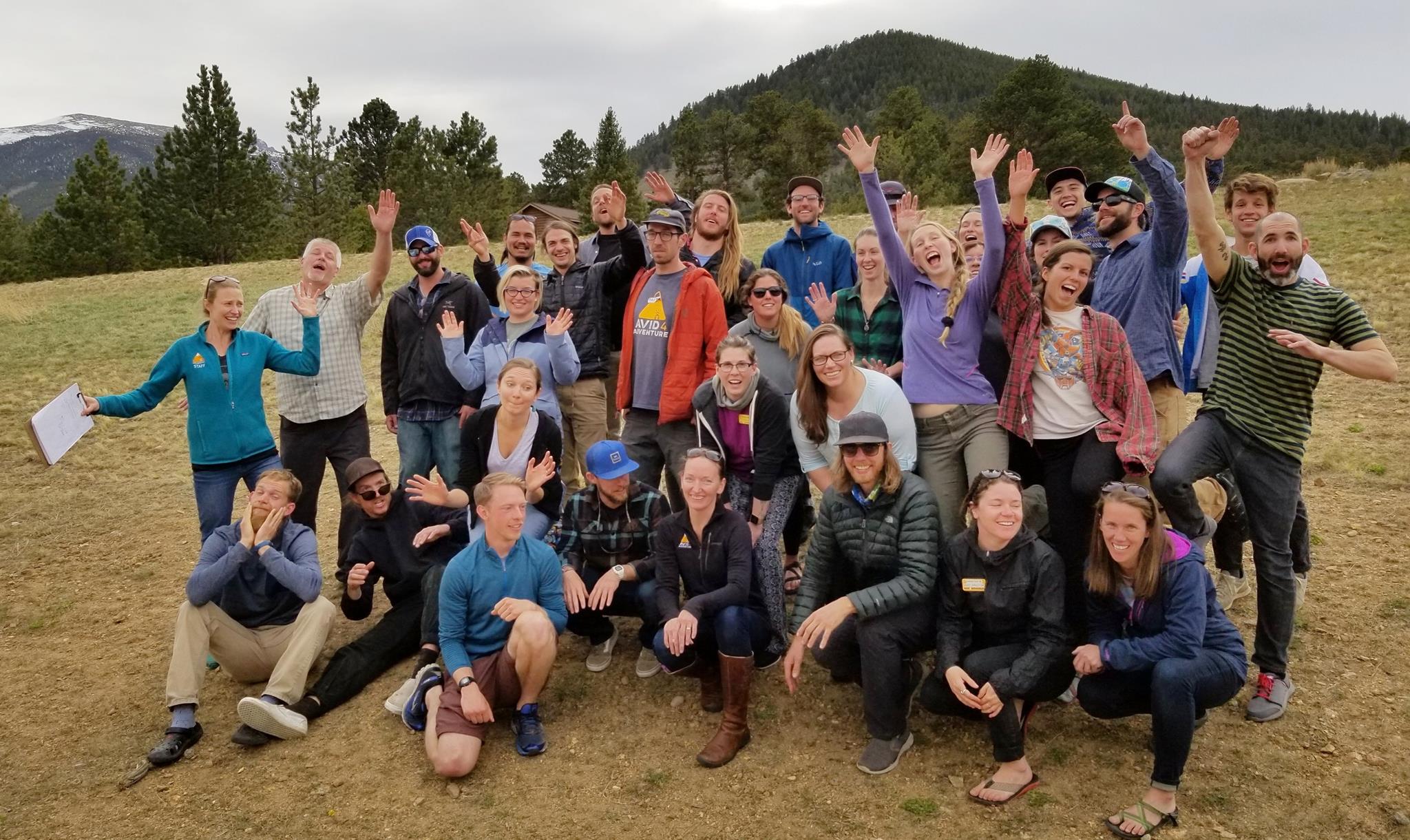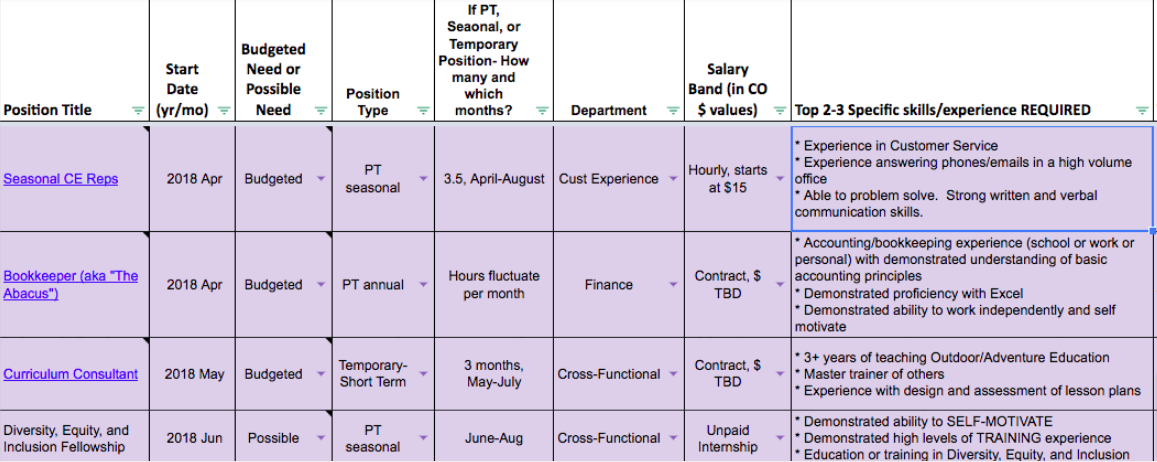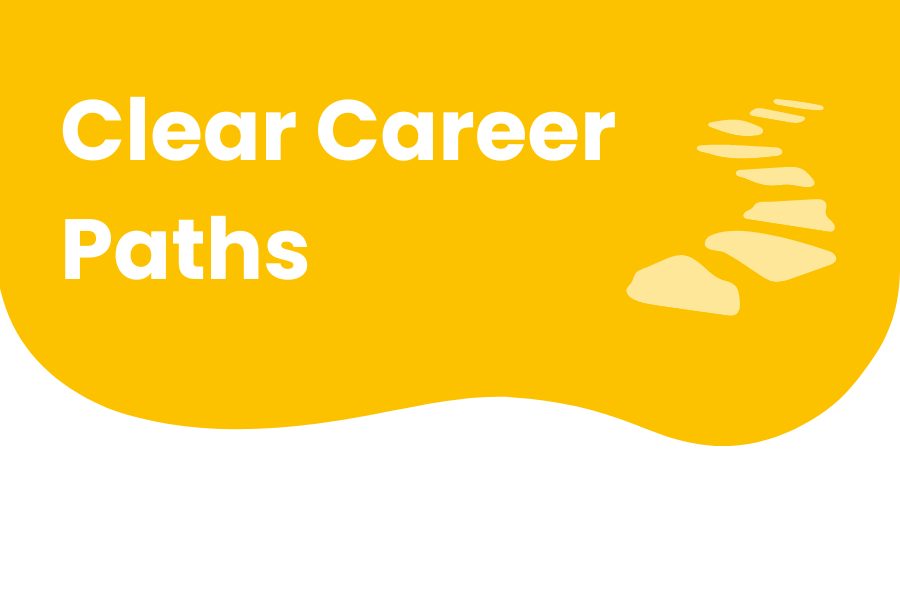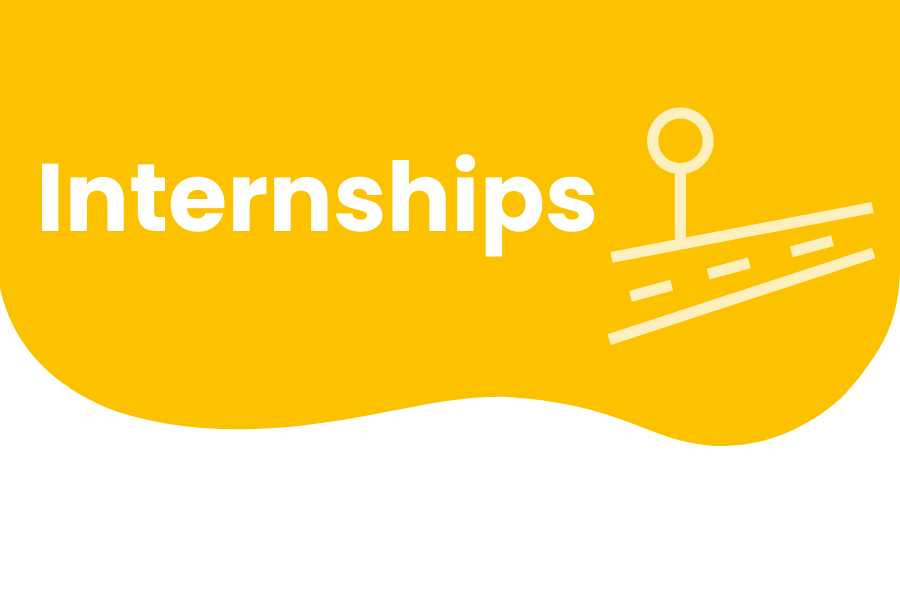Growing Fast? Here's the 3-Year Staffing Plan You Need to Know
 Organizational and financial growth is exciting and inspiring, but it can also quickly become overwhelming. I've learned that the best way to mitigate that overwhelm is with a healthy and active pipeline of future leaders and managers in your organization.
Organizational and financial growth is exciting and inspiring, but it can also quickly become overwhelming. I've learned that the best way to mitigate that overwhelm is with a healthy and active pipeline of future leaders and managers in your organization.
At Avid4 Adventure, we have consistently realized 30-40 percent annual revenue growth over the past decade. But as our revenue increased, our need for additional full-time and specialized staff also increased. It wasn't long ago that there were only a few people sitting around our full-time staff table — everyone wore so many different organizational hats that we didn't even have departments. Now, we have a stable departmental structure and an increasing number of full-time and part-time opportunities within each of those functions.
But just creating more seats around the table is not healthy growth — you have to make sure "the right people are in the right seats." The “right people” are those who truly believe in your vision and genuinely live out your core values. Ensuring that those people are in the “right seat” means that the needs for a specific position align with the employee’s specific skills, expertise, and career goals. I know — it's a tough ask! Here's how it works at Avid4 Adventure.
The 3-Year Staffing Plan
Last year, we developed our 3-Year HQ Staffing Plan to stay ahead of our increasing staffing growth curve. Our theory is that transparency and over-communication around predicted future staffing needs will lead to better applicants and better hires — in other words, more of the right people in the right seats.
The first step in developing our 3-year staffing plan was for each department to backward plan to assess their upcoming administrative needs. In order to do that, we needed alignment on where the company is headed and how we're going to get there. At Avid4, we already had the following in place:
- A company-wide 10-year vision document
- 3-year departmental visions that support our company vision
- Annual departmental goals
Each department used those guideposts to predict any and all expected hires over the next three years.
After determining predicted positions for each department, we sketched out what each position would look like. Each position needed to have the following descriptive information:
- Start Date - (Month/Year)
- Position Type - Full-time, hourly, full-time salary, part-time, contract, etc.
- Department
- Salary Band (or hourly wage)
- Top 2-3 Specific skills/experience required for this position
- Top 2-3 Specific skills/experience desired for this position
- Budgeted Need or Possible Need - "Budgeted" means that this is a planned expense — we are confident that this position will be available. "Possible" means that this position is something we are thinking about offering, but it has not been confirmed.
Then, we compiled all of this information into a simple spreadsheet that you can easily sort by year, position type, department, or salary band. For most positions listed, we created a short 2-3 minute video for users to hear a bit more about the position. There's also a link to a quick Google form for folks to express interest in one or more future positions. Here's a photo of what the spreadsheet looks like:

The 3-year Staffing Plan is proactively sent to all our staff. For us, that means current HQ staff as well as our seasonal/part-time summer camp staff (we hire more than 650 seasonal staff members each summer!). Sharing the plan helps our current employees see upward mobility opportunities. We also share the Staffing Plan with potential applicants outside of the company who have expressed interest in working with us. It becomes a tool for us to attract top talent by showing them a way in.
Staffing Plans and Professional Development
One of my favorite parts of this system is that personal and professional development is baked into the plan even before someone applies for a job. In the “specific skills and experience” section, both internal and external candidates are able to see what they need to accomplish in order to be a great fit for the position. For internal future candidates, we are committed to supporting the development they'll need to get there. When a current employee completes the “I’m Interested” form, we reach out right away to answer questions and make a plan for helping them grow into the desired position.
Although it's only our first year using the 3-year Staffing Plan system, we have received positive feedback from our employees. Traditionally, employees are used to feeling "in the dark” at work or receiving information only on a “need to know” basis. Under-communication in the workplace is common and typically leads to doubt, fear, and mistrust. But our employees tell us that our 3-Year Staffing Plan exceeds their communication expectations because it is transparent and honest.
As we grow this program, we'll update our Staffing Plan every year so that it is always a rolling 3-year view. At any time, internal and external candidates can explore expected opportunities for this year, the following year, and 2 years down the road. Of course, plans might change and a position that we hope to hire for next year might not happen. But even if changes occur every so often, we believe that it still provides useful visibility for all into the driving goals and direction of the company.
How to Create Your Own 3-Year Staffing Plan
The 3-Year HQ Staffing Plan works for our business because (1) we continue to grow rapidly, and (2) we have a large seasonal workforce who consistently ask us for more opportunities with the company. That said, every company is unique and I would never suggest a “plug and play” model for something like this. However, I do believe that every purpose-driven company can commit to certain key action steps.
Here's how to get started:
1. Create a long-term vision. Having a vision in place helps align everyone in the company and creates a roadmap for where the company is headed.
2. Assess staffing needs and changes in the coming years. Your vision statement is your destination, and your Staffing Plan will be part of the strategy that charts how you'll get there. What roles will change as you grow? Who do you need on board to achieve your vision?
3. Share your Staffing Plan. Exceed communication expectations by sharing your long-term staffing predictions with stakeholders and potential applicants. You'll attract motivated new candidates and open doors for current employees to grow.
Want even more purpose-driven leadership articles delivered to your inbox? Subscribe!





Submit Your Comment